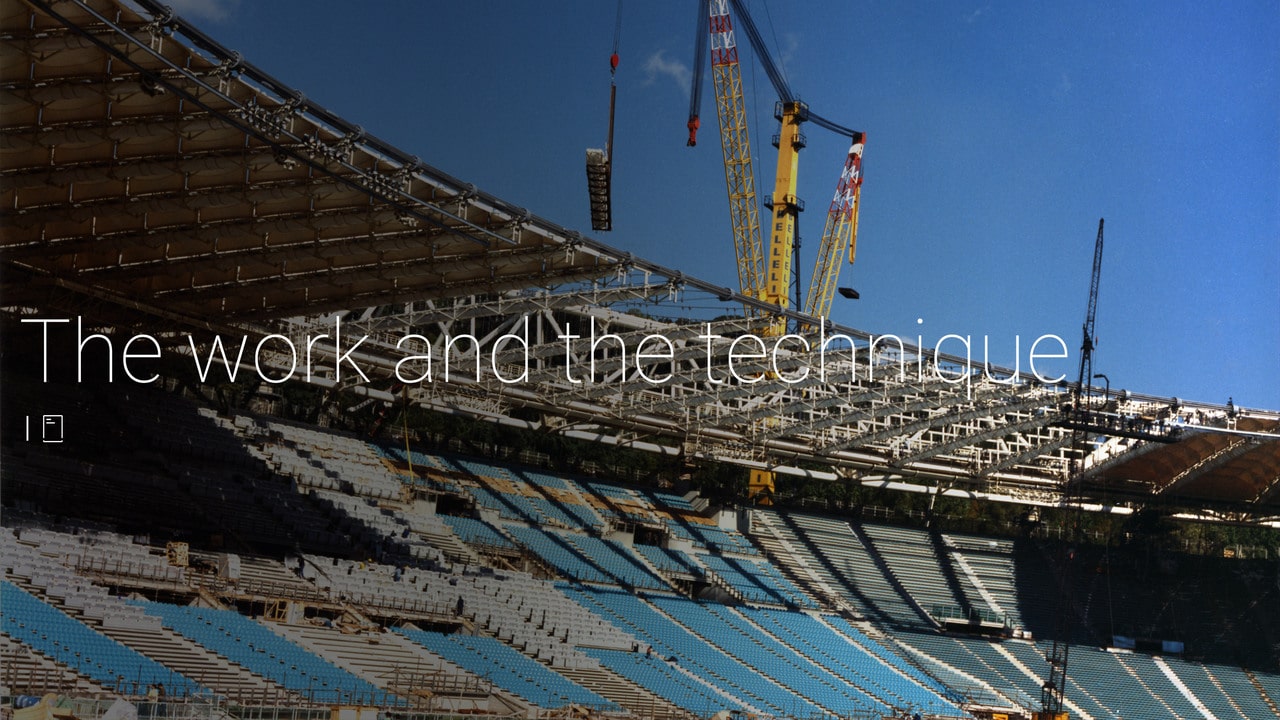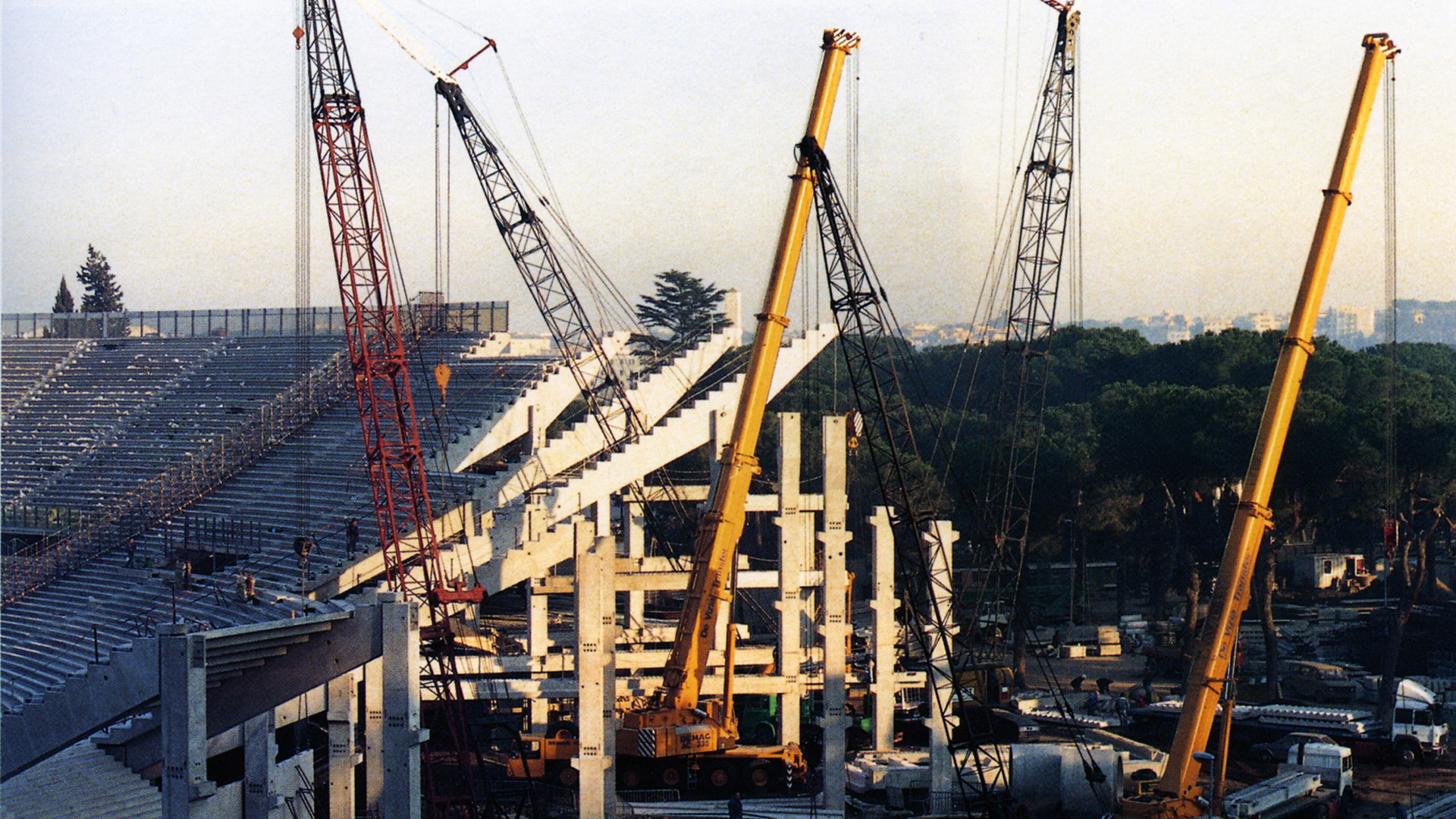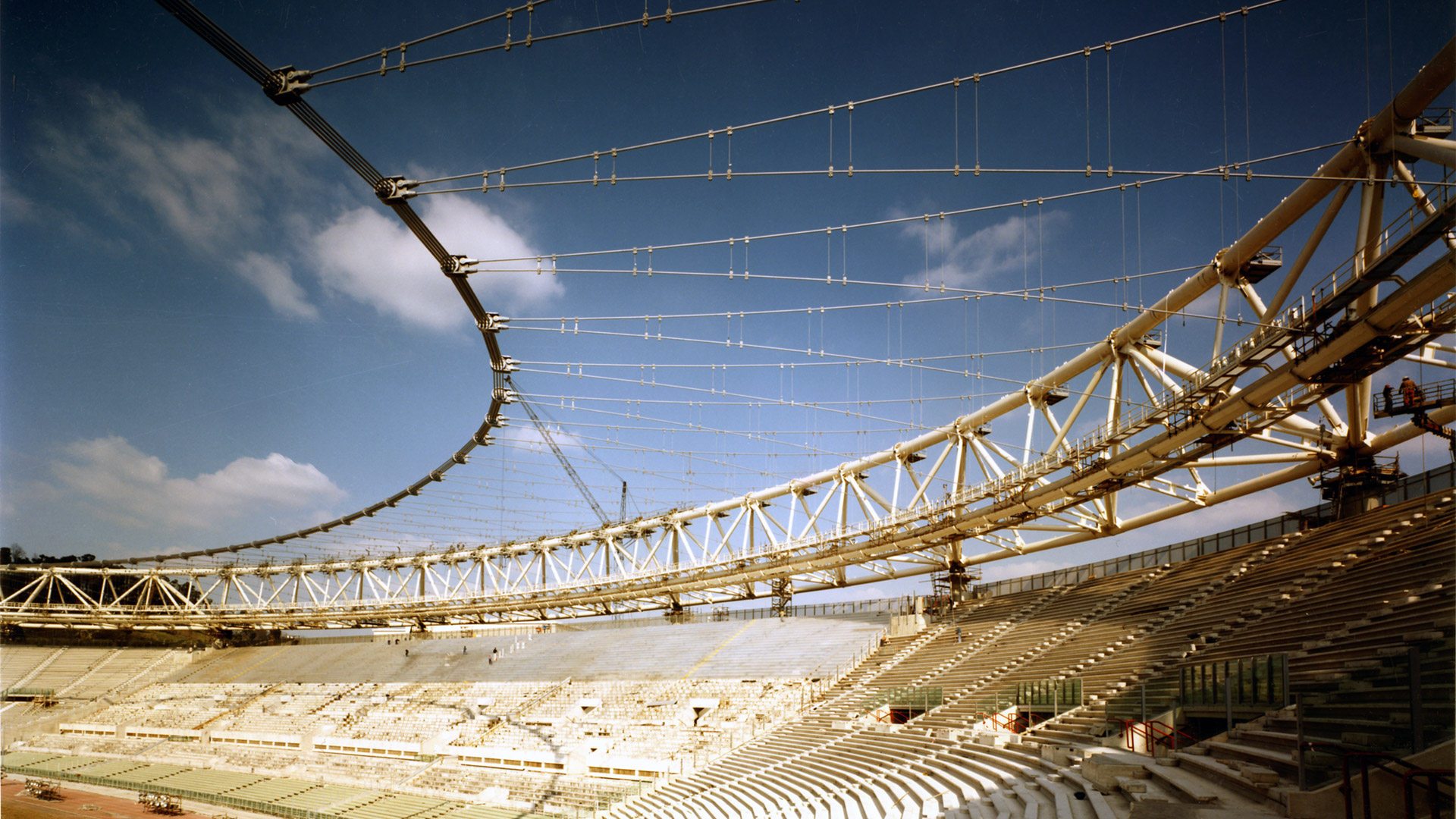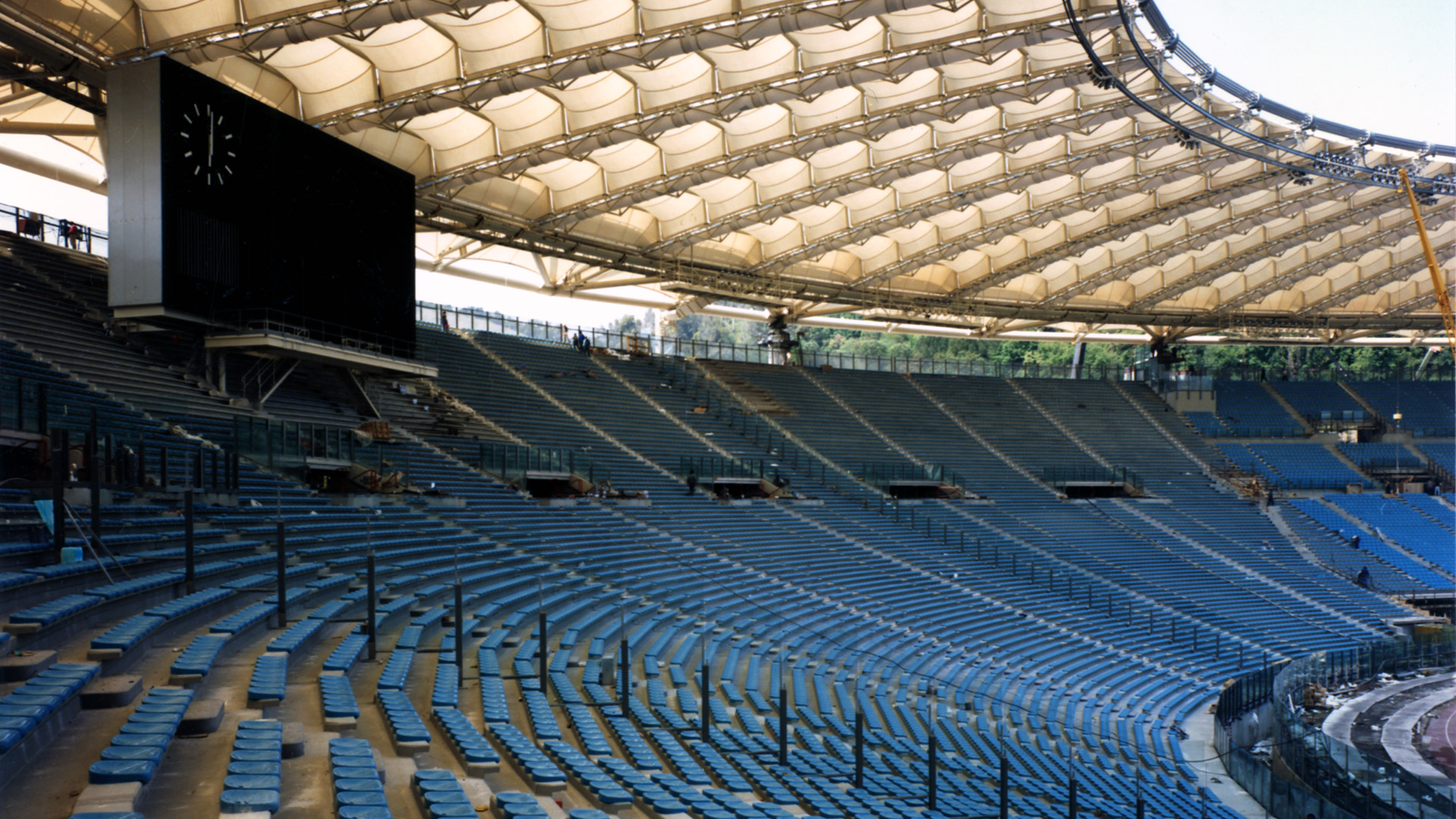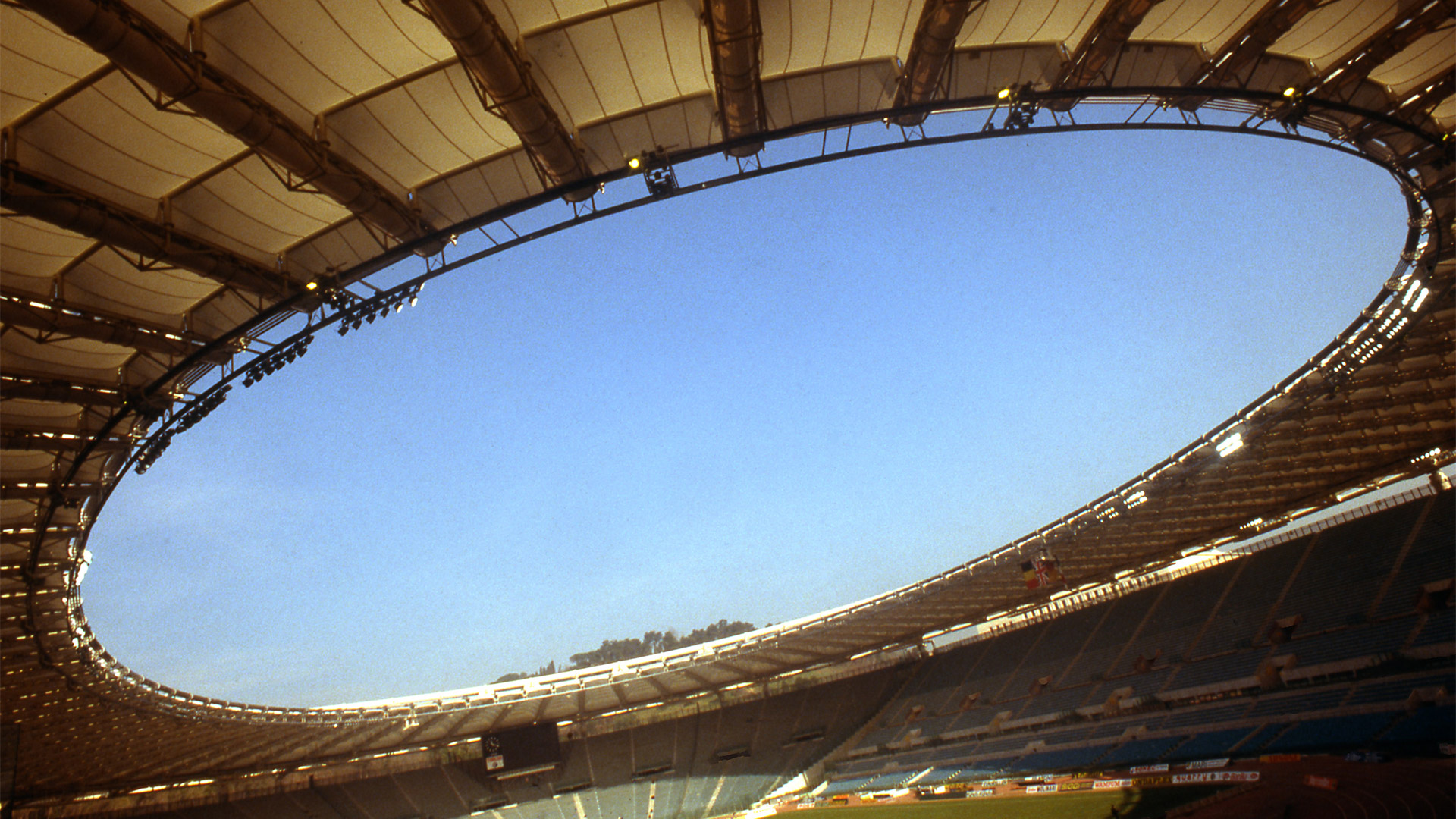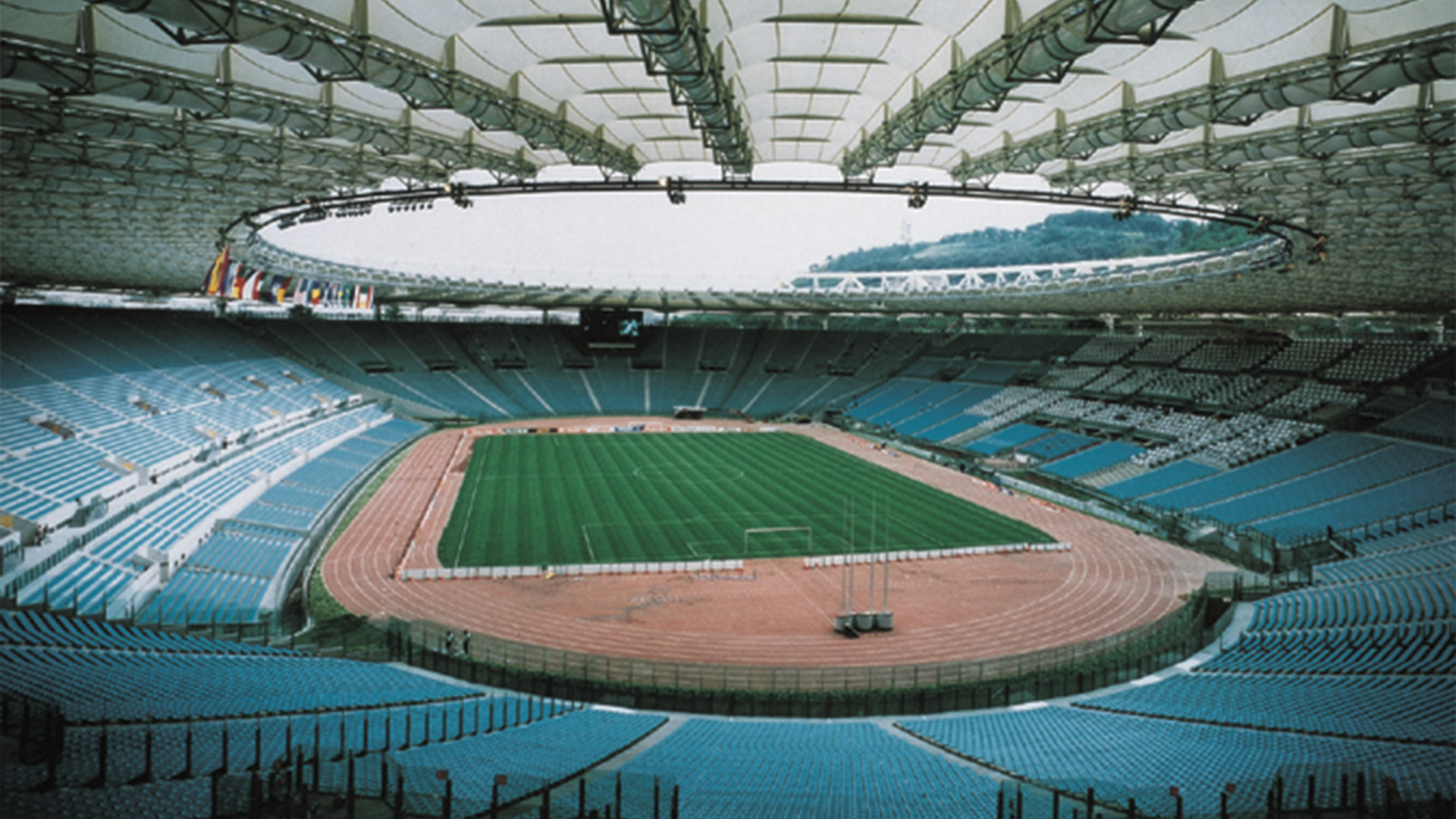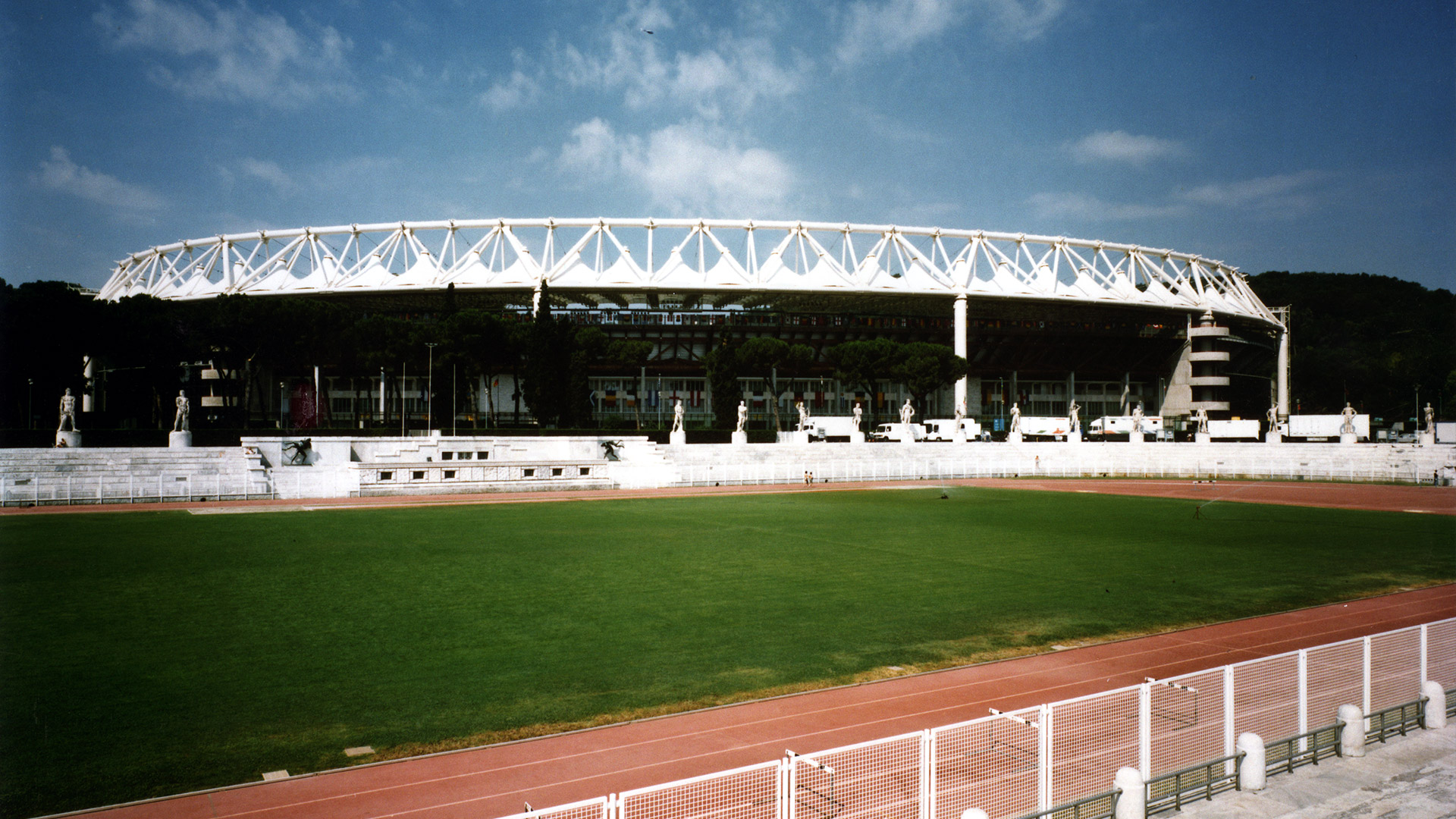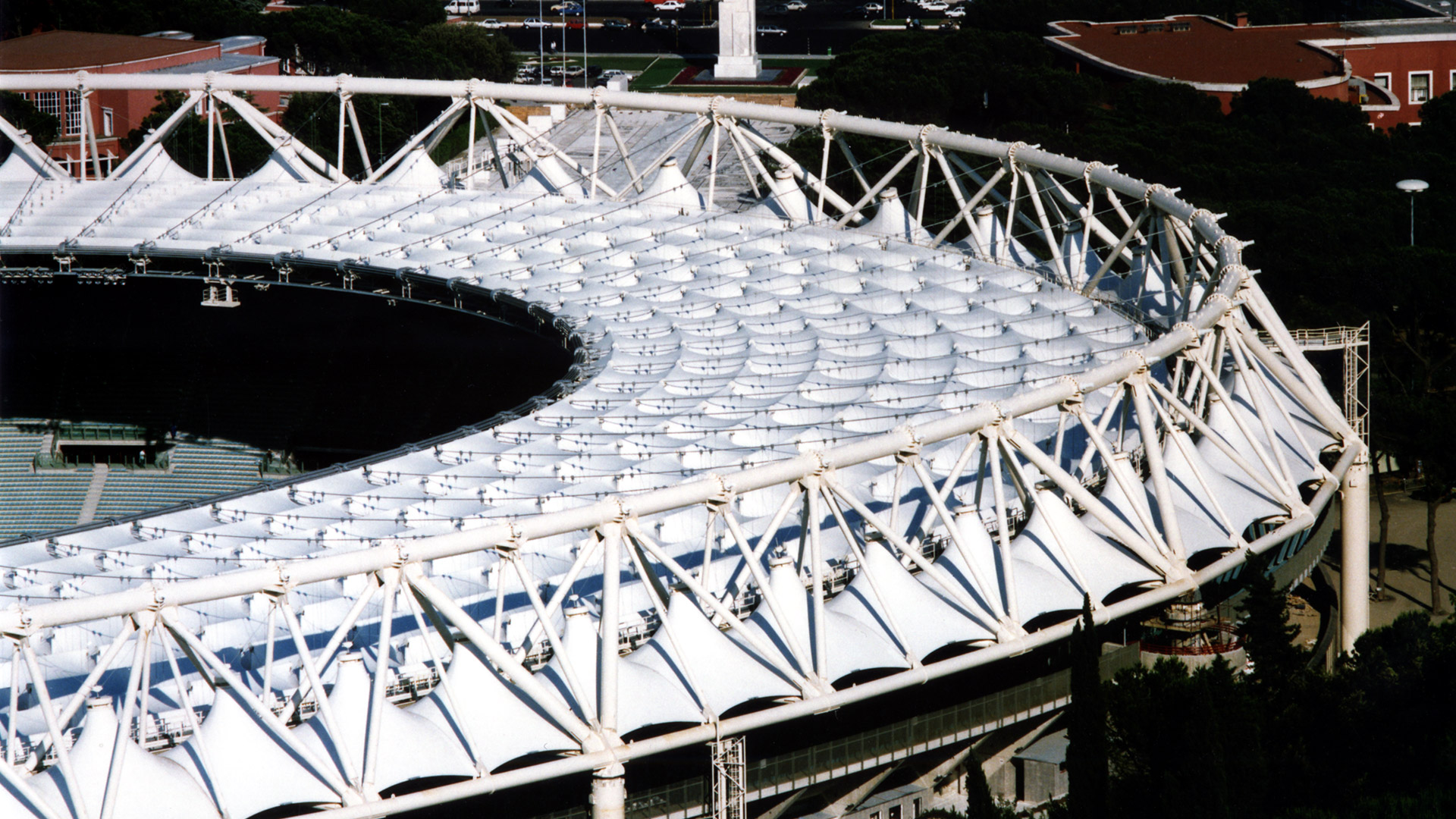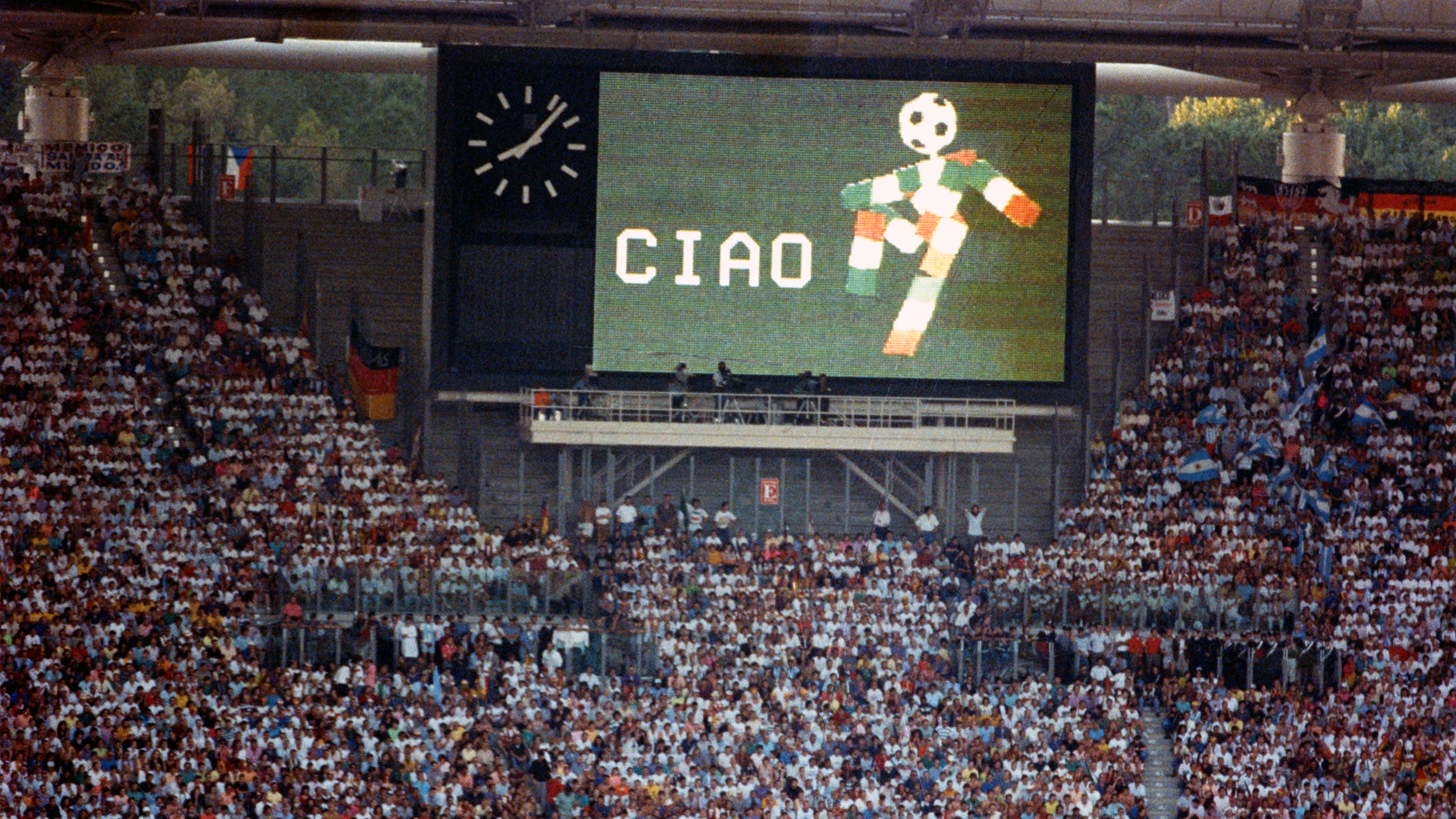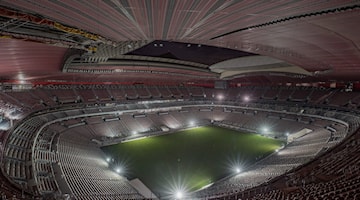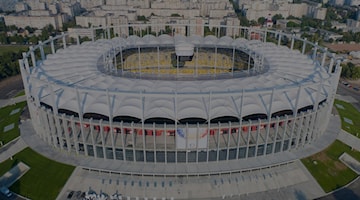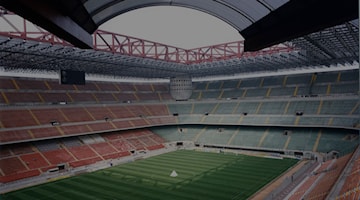“Core de Roma”
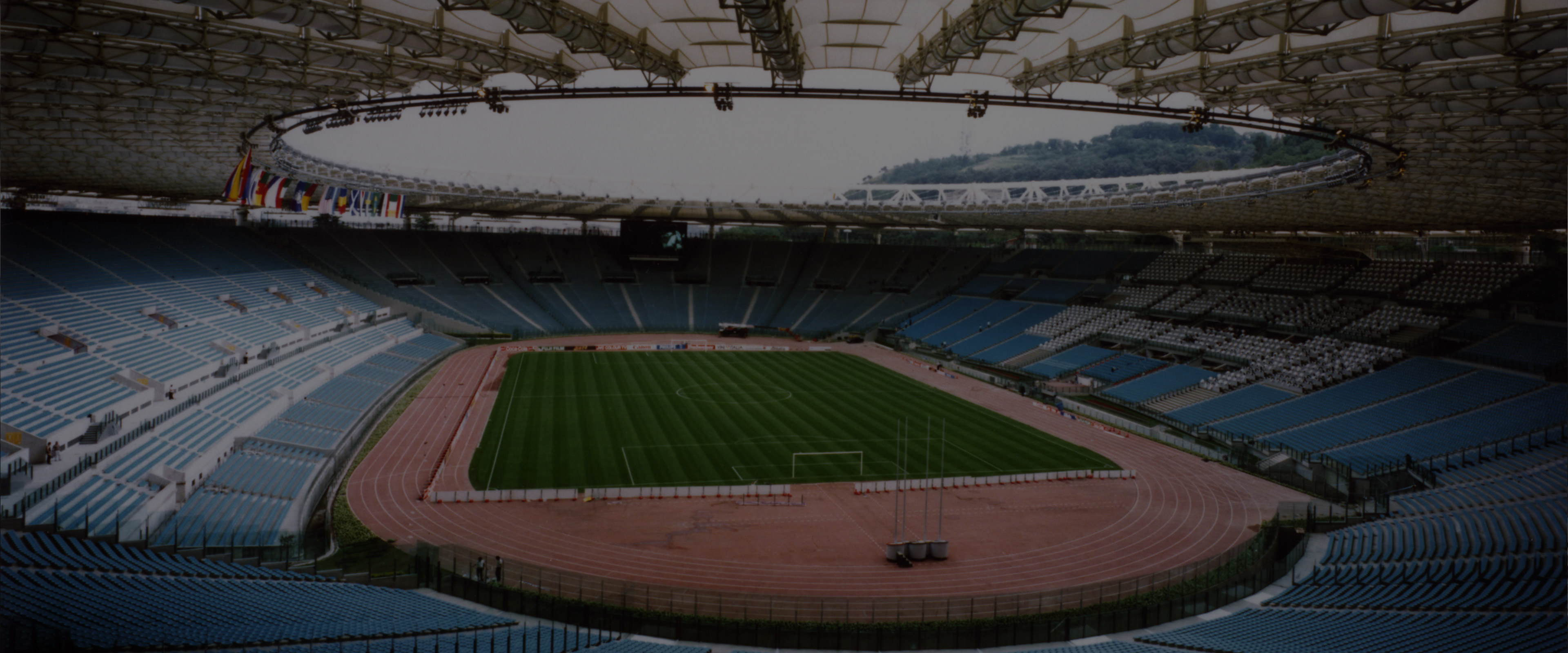
THE "STADIO OLIMPICO" IN ROME, ITALY
On the slopes of Monte Mario, the highest in Rome, at 139 metres above sea level, in the Foro Italico park, is the Stadio Olimpico, the city’s biggest sports complex and one of the largest in Europe.
Inaugurated in 1932 as Stadio dei Cipressi and used as a car park by the allies in the Second World War, the stadium was completed in 1953. On May 17 of that same year, in the presence of the Italian President of the Republic Luigi Einaudi and an exceptional ball boy, Egidio Guarnacci, the future captain of Roma, the stadium was inaugurated with the Italy-Hungary match, which the “Azzurri” lost 3-0. It was renamed Stadio dei Centomila, as it could accommodate 100,000 fans. It was not the best start for football, but it still managed to show the world the image of a country recovering and rebuilding strongly after the war.
New work was done for the 1960 Olympics, reducing the seating capacity by almost half and increasing the quality standards. That was when everyone began to call that stadium the “Olimpico”.
However, the most significant "restyling" took place for Italia '90, when the Olimpico became one of only five European stadiums to have hosted a World Championship final (won by Germany over Argentina 1-0).
Assigned to the Società Consortile Olimpico 90, headed by Cogefar-Impresit (subsequently Impregilo, which then merged into what is now the Webuild Group), substantial restructuring and roofing interventions were carried out by almost entirely rebuilding the stadium in reinforced concrete (using 89,950 m3 of concrete).
Work was completed in under three years, from 1987 to 1990, with an average of 500 to 1,200 workers. The curves were widened and brought nine metres closer to the pitch. The Tribuna Tevere was rebuilt with the original travertine facade; all sections were equipped with seats and covered by a white tensile structure of 42,000 m2 in size and weighing 1.5 tons. Two maxi screens were added, the outer ring was raised and spectator capacity increased from 54,000 to 82,000, thanks to 3,600 metres of new steps (41,000 metres of steps overall).
By the end of the work, the Olimpico was one of the 15 largest stadiums in the world (the largest is in Pyongyang, in North Korea, with a capacity of 150,000 spectators). However, according to many, the Olimpico, Italy's representative stadium, remains eighth in the world in terms of attendance: the very loyal fans of the two home teams, Roma and Lazio, “Lupi” and “Aquile”, ensure an average attendance of over 61,000 people and many full-houses outs, especially for local derbies.
Do you know who has won the most? The “Giallorossi”: 75 wins, 67 draws, and 59 defeats, in 196 derbies (official and unofficial) played from 1929 to today. In short, as they say in Roman dialect:
"A chi tocca nun se ’ngrugna" ("If something happens to you, don't take it personally, look ahead")

THE WORK AND THE TECHNIQUE
M³ CONCRETE
SPECTATORS/SEATS
T STEEL FOR FOUNDATION AND ELEVATION WORKS
M² TOTAL ROOF AREA
T TENSILE STRUCTURE TOTAL WEIGHT
Municipality of Rome
Cogefar-Impresit (later Impregilo, today Webuild) at the head of Società Consortile Olimpico 90
Società Consortile Olimpico 90, in charge of the Stadio Olimpico expansion project, has also carried out a long series of operations, from coordination to execution, involving many companies in different parts of Italy.

CULTURAL INSIGHTS
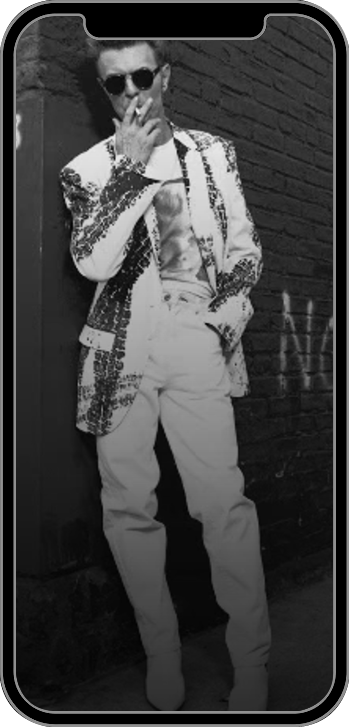
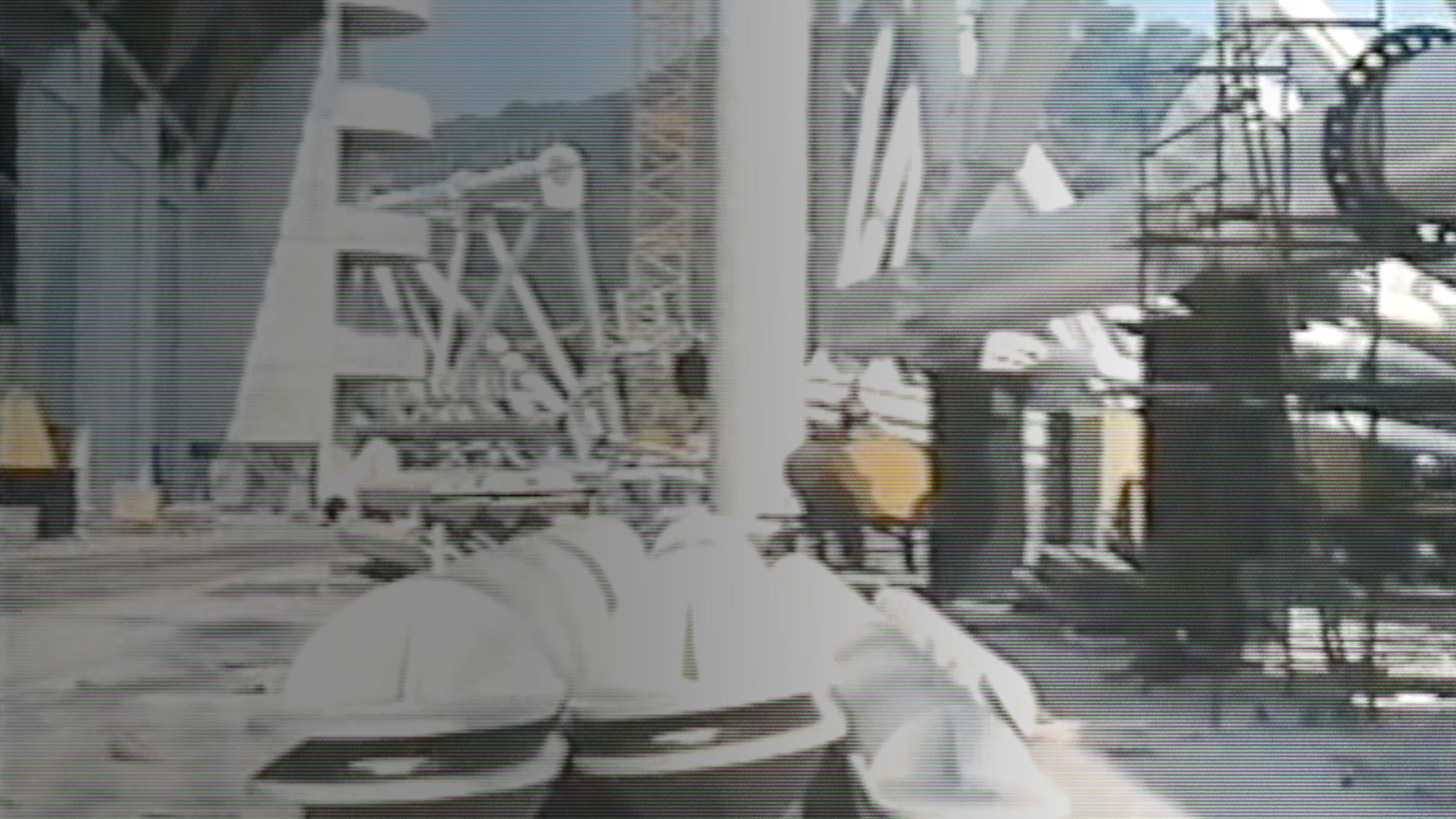
Olimpico '90
(Ugo Alberico, 1990)






